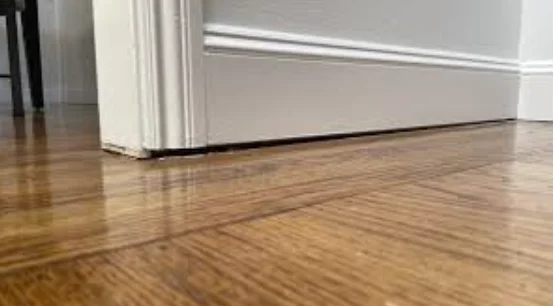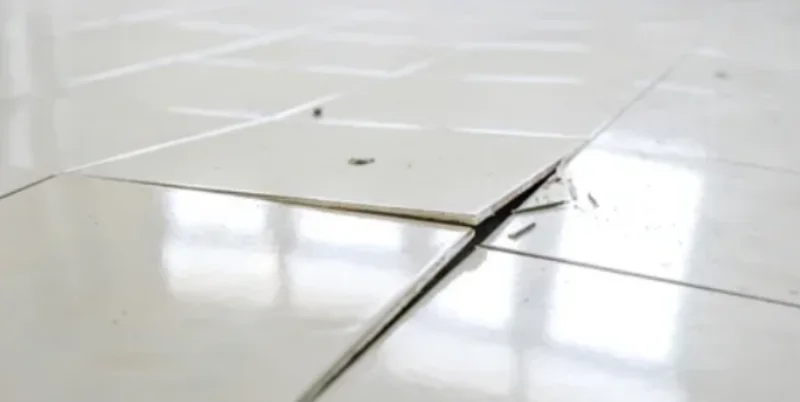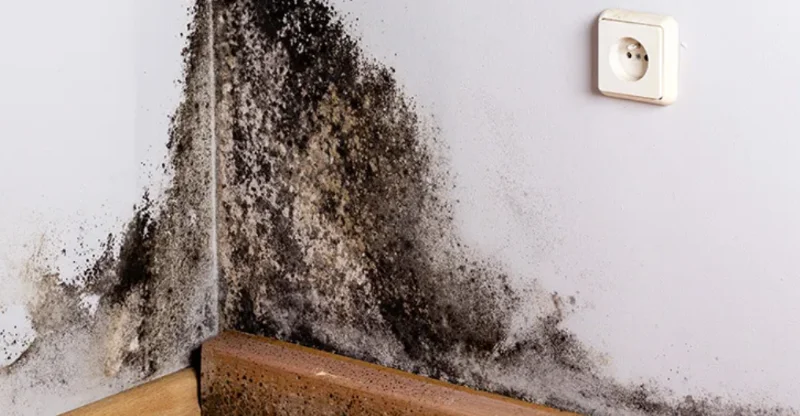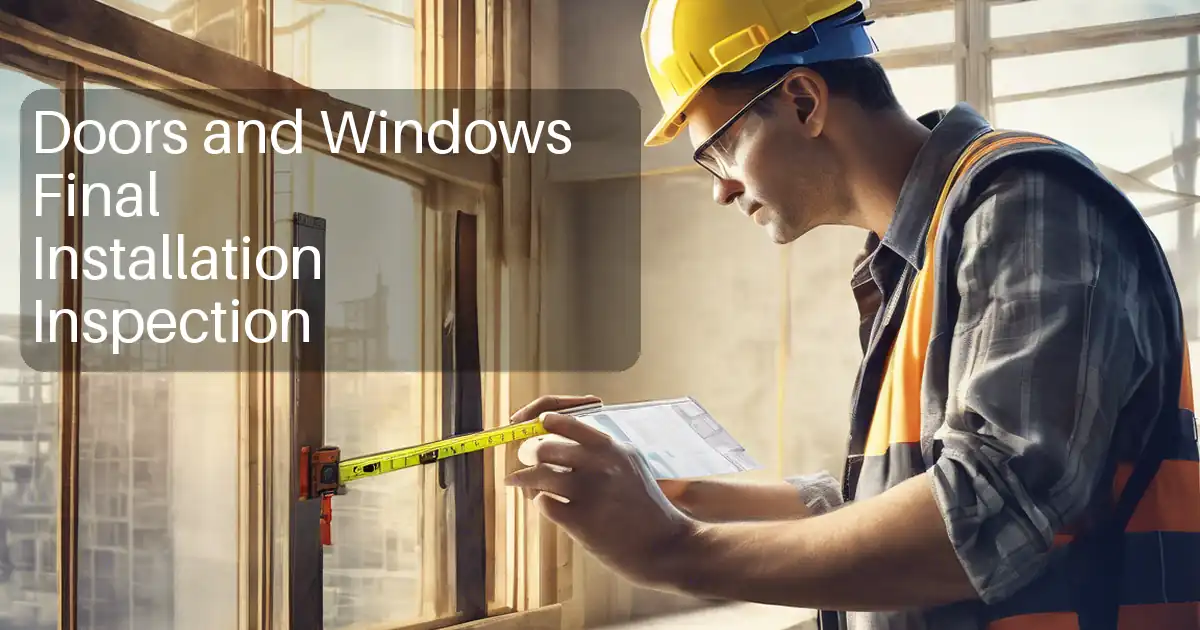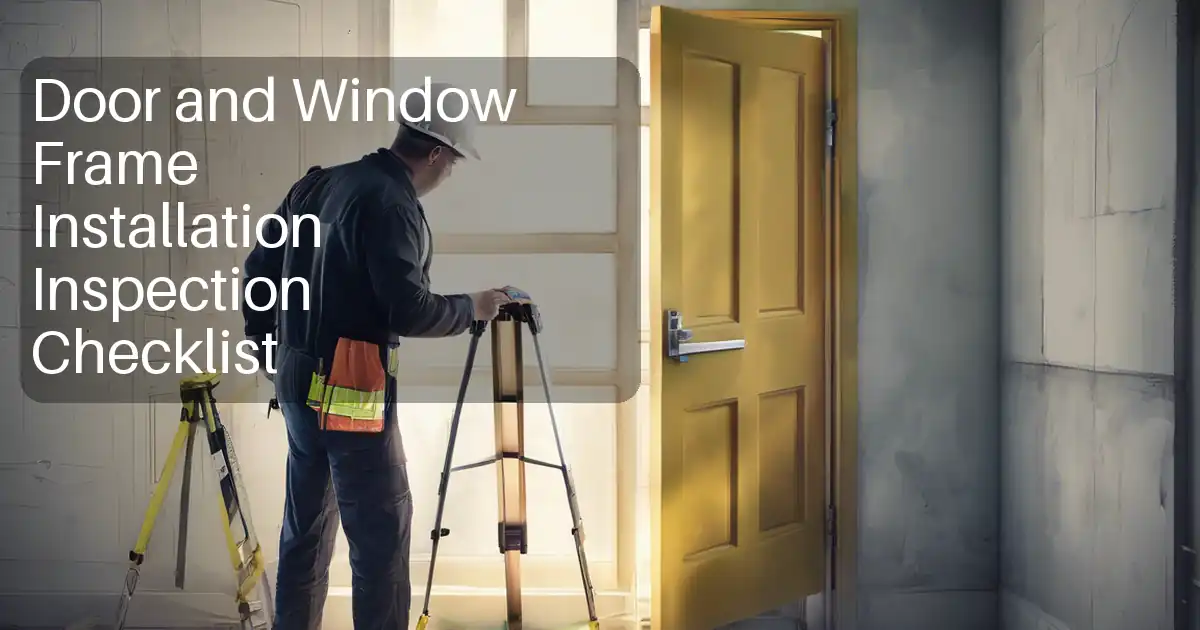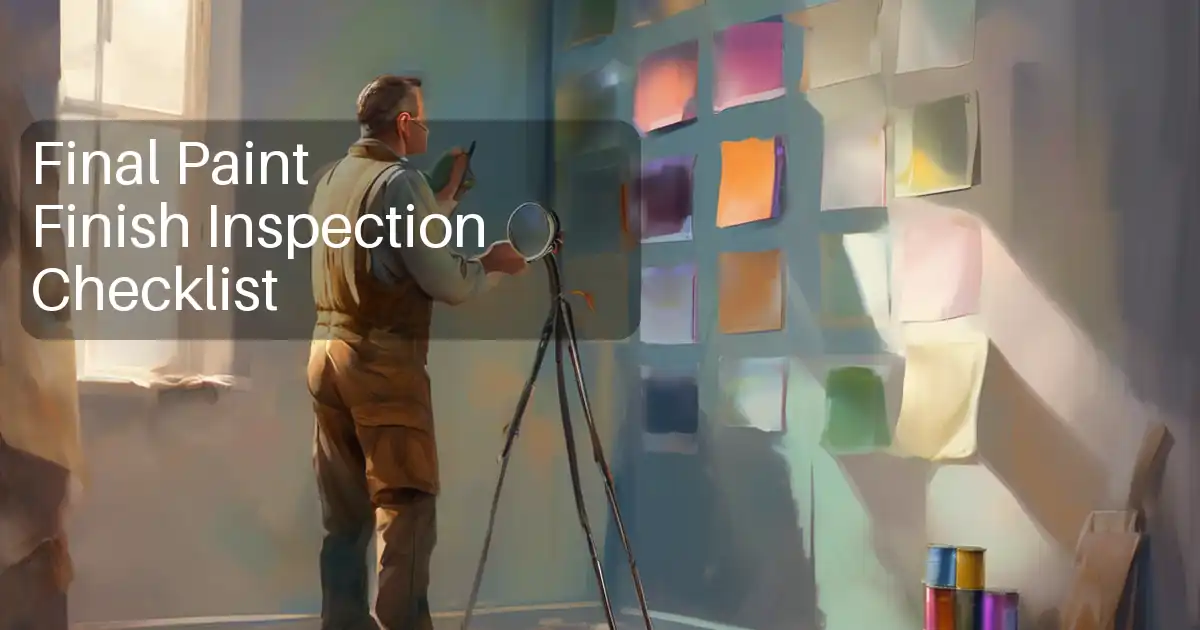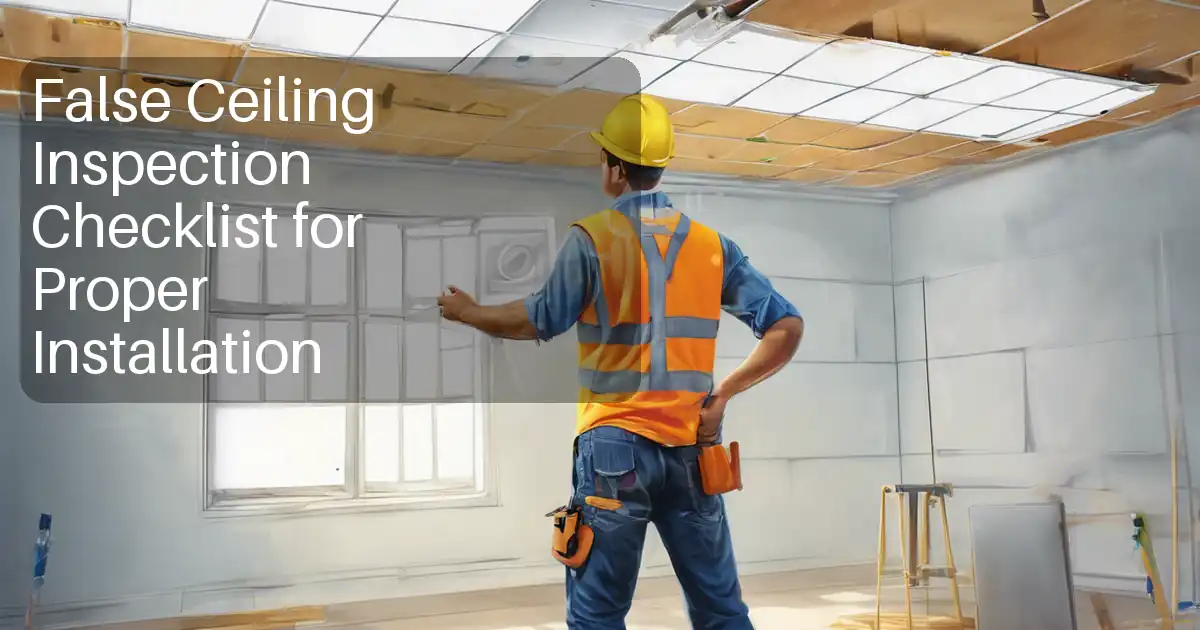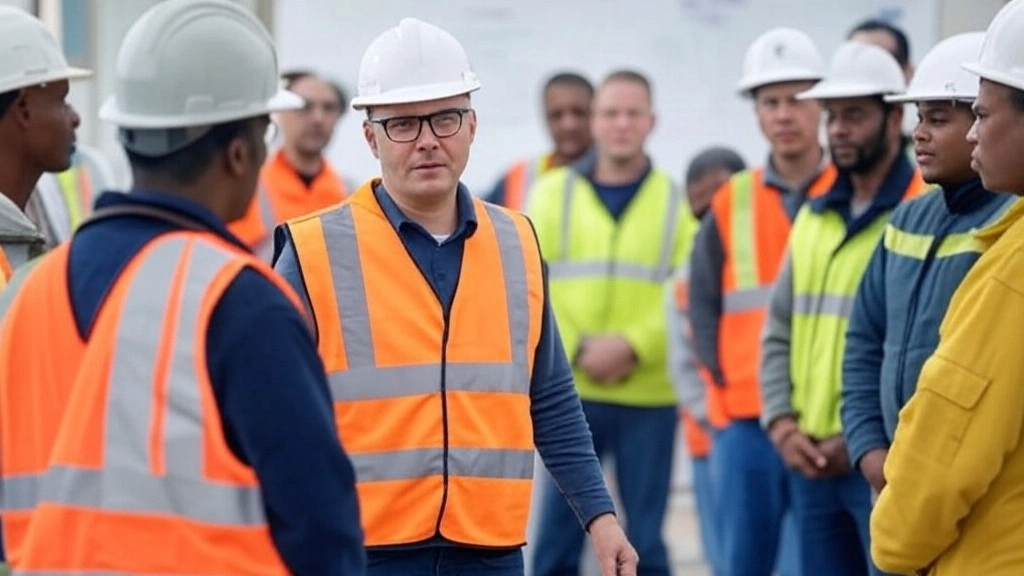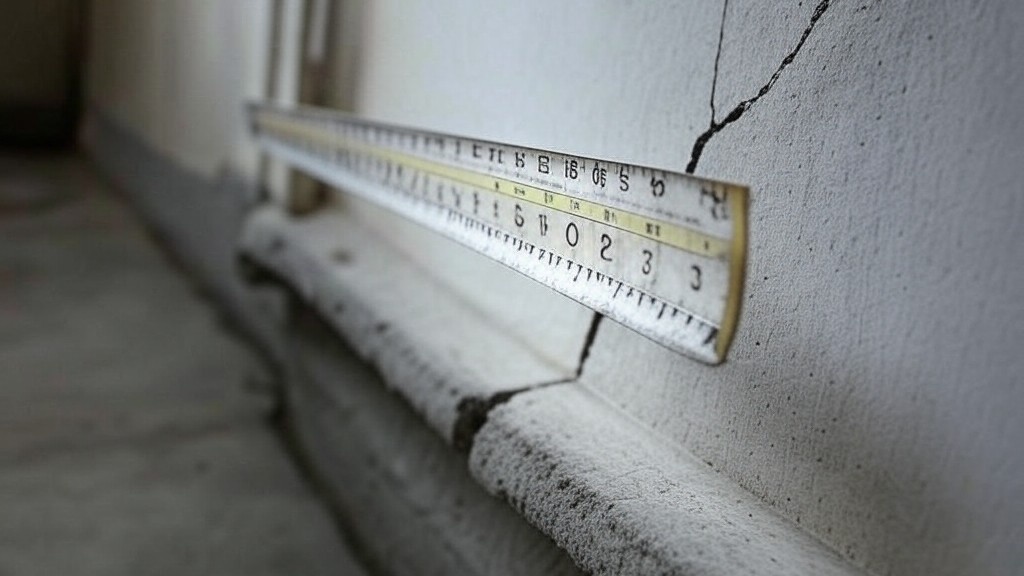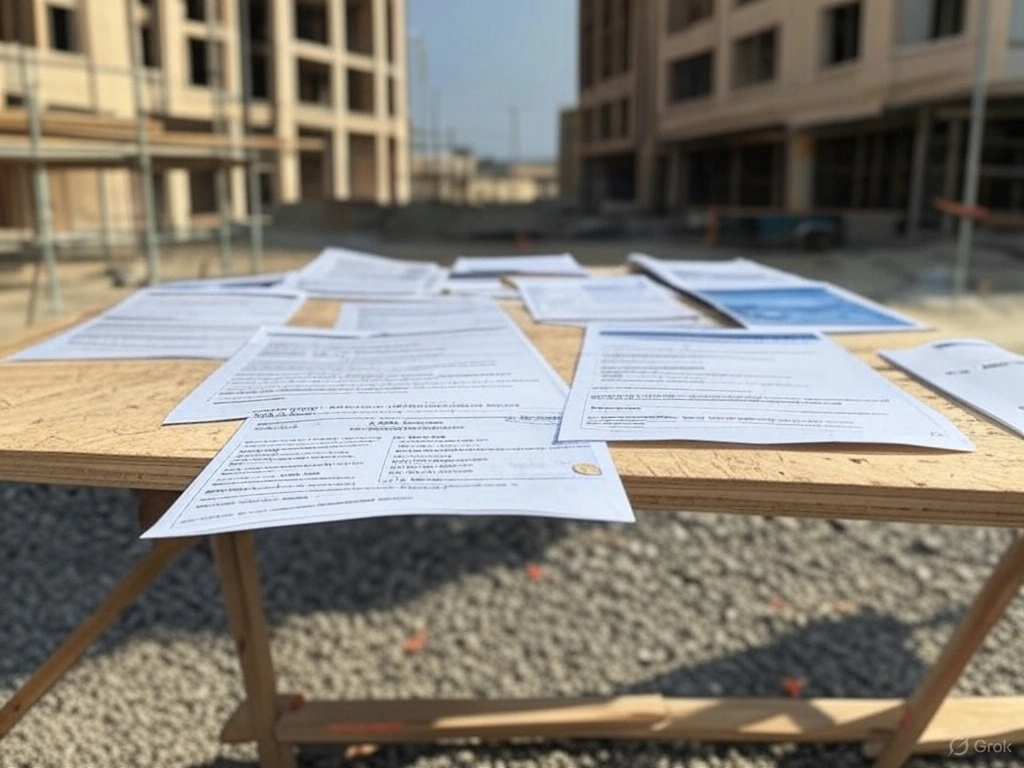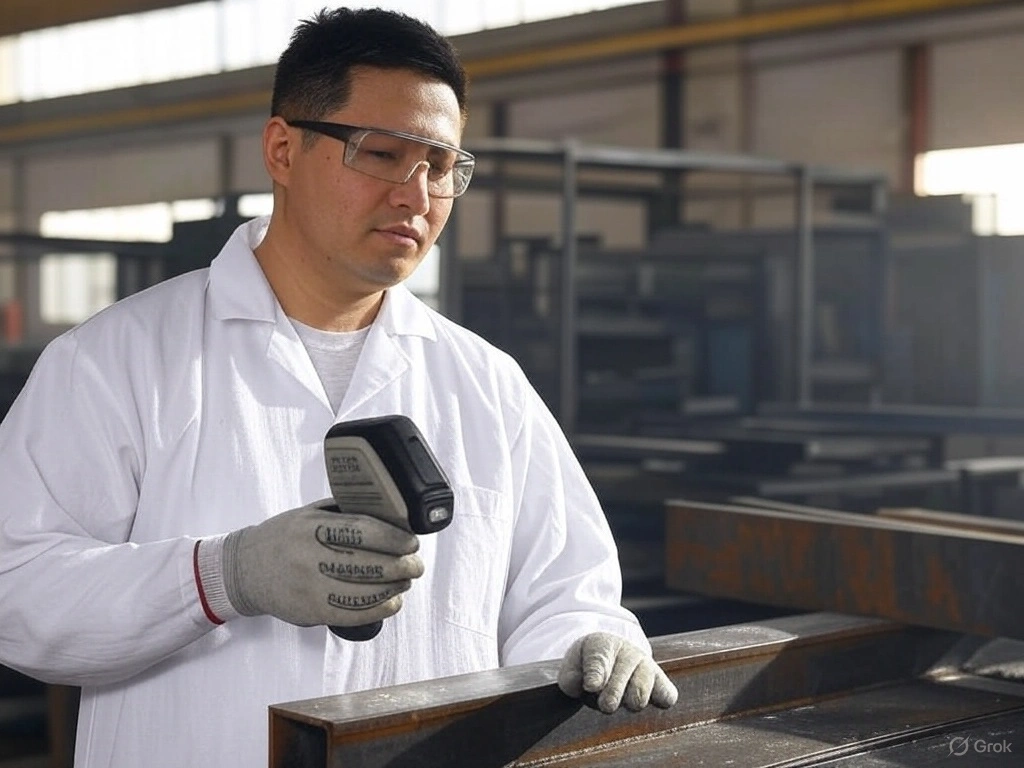Common Home Maintenance Issues and How to Address Them
This article provides a comprehensive guide to common home maintenance issues, including poorly built foundations, cracked concrete, leaking pipes, faulty wiring, unstable roofs, defective windows, and improperly installed doors. It offers valuable information on identifying these problems, understanding their potential consequences, and taking necessary steps to address them. Whether you're a homeowner looking to maintain the value of your property or a DIY enthusiast seeking practical advice, this article is an essential resource.
Inadequate Insulation
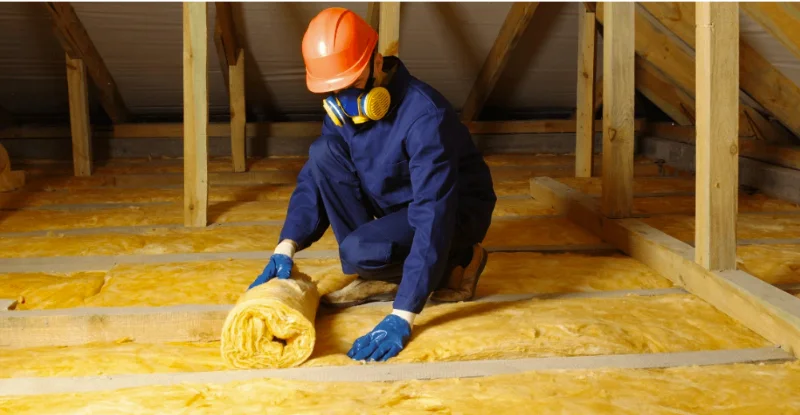
Effective insulation is crucial for keeping a home comfortable year-round and controlling energy costs. Poor insulation can lead to significant heat loss in winter and make cooling efforts less effective in summer. If you notice cold drafts, uneven temperatures, or high utility bills, it may be time to consider adding or upgrading insulation in walls, floors, or the attic.
Blocked Gutters
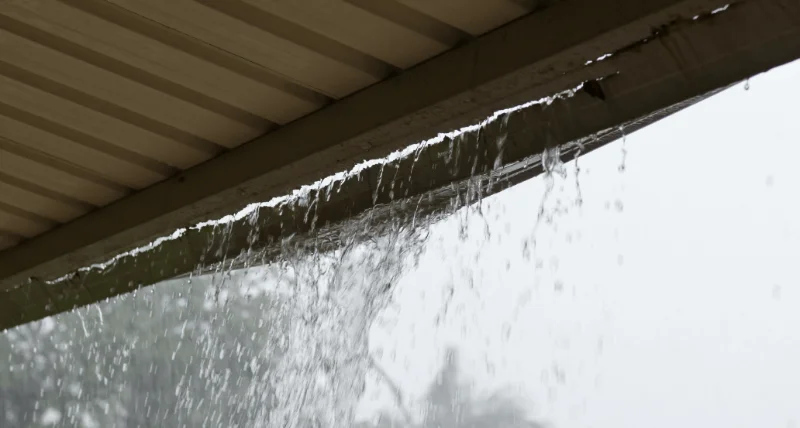
Gutters play a vital role in diverting rainwater away from your home’s foundation, preventing erosion and water damage. When gutters are clogged with leaves, dirt, or debris, water can overflow and damage siding, landscaping, and the foundation itself. Regularly cleaning gutters or installing guards can help keep them functional and prevent these costly issues.
Uneven Floors
Loose or Cracked Tiles
Damp Walls
Malfunctioning HVAC System

Unsealed Windows and Doors

Foundation Settling
Foundations can settle or shift over time, leading to uneven floors, misaligned doors, and cracks in the walls. Soil movement, changes in moisture levels, and poor construction practices can exacerbate foundation settling. If you notice these signs, consulting a professional can help determine if foundation stabilization or other corrective measures are necessary.
Peeling Paint

Worn-Out Flooring
Carpets, hardwood, and other flooring materials wear down with time and use. Frayed edges, scratches, stains, or thinning areas in carpeting are all signs that the flooring may need replacement. Investing in new flooring not only improves appearance but can also enhance safety and home value.
Outdated or Faulty Electrical Systems
Older electrical systems may not be able to support the increased demand of modern appliances, and they can be prone to overheating or electrical shorts. If you’re constantly tripping circuit breakers or noticing sparking outlets, it may be time for an upgrade. Updating your home’s wiring can improve safety and accommodate new technology.
Plumbing Issues
Beyond leaking pipes, issues like low water pressure, slow drains, or unusual odors may indicate a larger problem with your plumbing. Older homes especially may have outdated pipes that are prone to corrosion or buildup. Routine inspections can help catch these issues early, preventing more severe damage and water wastage.
Sagging Ceilings
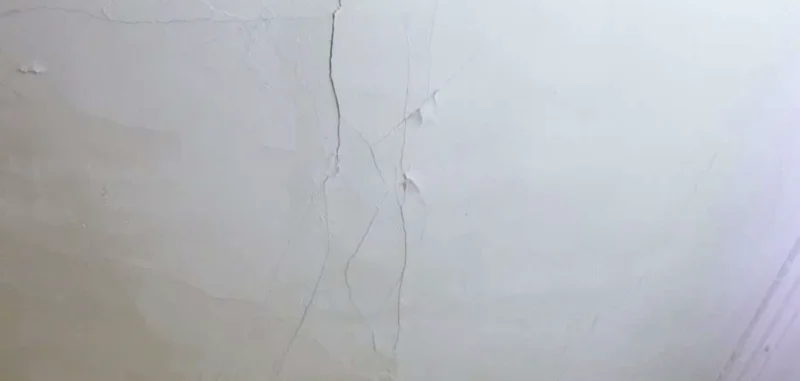
Poor Ventilation
Proper airflow is essential to maintaining a healthy home environment. Homes without adequate ventilation can suffer from excess moisture, which may lead to mold, mildew, and poor indoor air quality. Installing exhaust fans, using dehumidifiers, and ensuring windows are operable can help improve ventilation and prevent moisture-related problems.
Old or Damaged Appliances
Appliances, like water heaters, refrigerators, and stoves, wear out over time and can become inefficient or dangerous. Old appliances are prone to leaking, overheating, or even breaking down entirely. Replacing outdated appliances not only improves safety but also reduces energy consumption and may increase your home’s value.
Pest Infestations
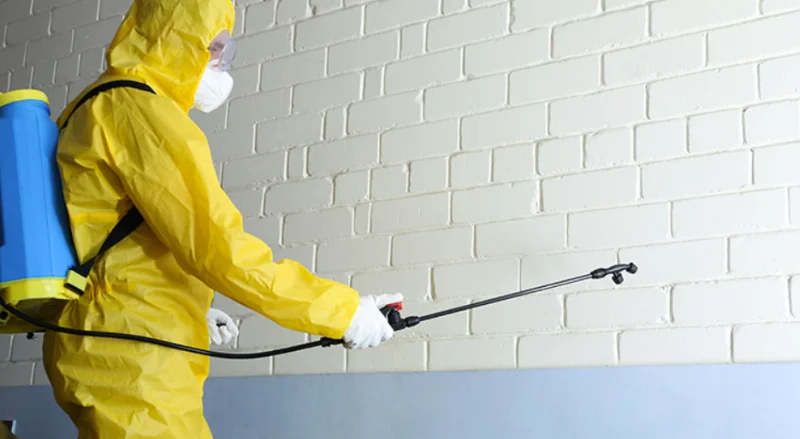
With proper maintenance and timely repairs, many of these common home issues can be easily managed, preserving both the value and safety of your home. Taking proactive steps can save you from costly repairs and ensure a comfortable, functional living space for years to come.

